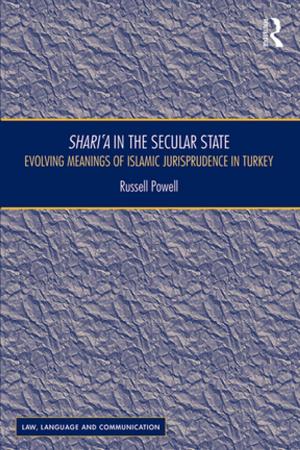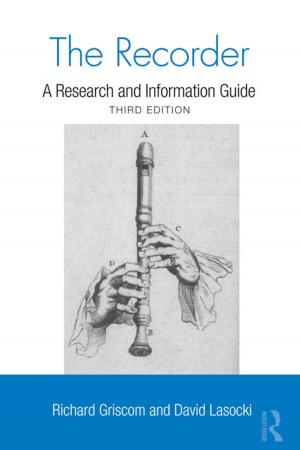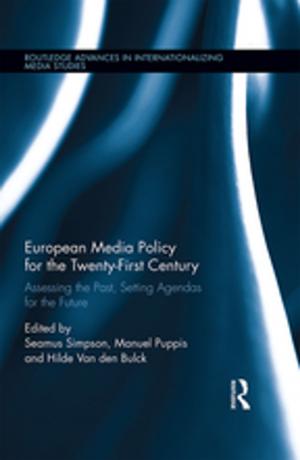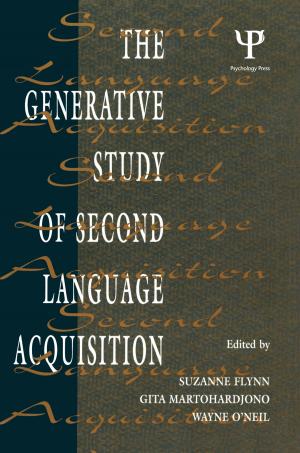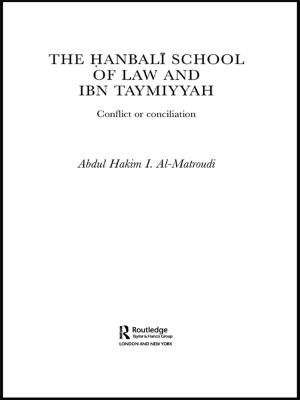Law, Lawyers and Race
Critical Race Theory from the US to Europe
Nonfiction, Reference & Language, Law, Comparative, Discrimination| Author: | Mathias Möschel | ISBN: | 9781317811510 |
| Publisher: | Taylor and Francis | Publication: | September 15, 2014 |
| Imprint: | Routledge | Language: | English |
| Author: | Mathias Möschel |
| ISBN: | 9781317811510 |
| Publisher: | Taylor and Francis |
| Publication: | September 15, 2014 |
| Imprint: | Routledge |
| Language: | English |
Critical Race Theory (CRT) is virtually unheard of in European scholarship, especially among legal scholars. Law, Lawyers and Race: Critical Race Theory from the United States to Europe endeavours to fill this gap by providing an overview of the definition and consequences of CRT developed in American scholarship and describing its transplantation and application in the continental European context.
The CRT approach adopted in this book illustrates the reasons why the relationship between race and law in European civil law jurisdictions is far from anodyne. Law plays a critical role in the construction, subordination and discrimination against racial minorities in Europe, making it comparable, albeit in slightly different ways, to the American experience of racial discrimination. Anti-Semitism, Islamophobia, anti-Roma and anti-Black racism constitute a fundamental factor, often tacitly accepted, in the relationship between law and race in Europe. Consequently, the broadly shared anti-race and anti-racist position is problematic because it acts to the detriment of victims of racism while privileging the White, Christian, male majority.
This book is an original exploration of the relationship between law and race. As such it crosses the disciplinary divide, furthering both legal scholarship and research in Race and Ethnicity Studies.
Critical Race Theory (CRT) is virtually unheard of in European scholarship, especially among legal scholars. Law, Lawyers and Race: Critical Race Theory from the United States to Europe endeavours to fill this gap by providing an overview of the definition and consequences of CRT developed in American scholarship and describing its transplantation and application in the continental European context.
The CRT approach adopted in this book illustrates the reasons why the relationship between race and law in European civil law jurisdictions is far from anodyne. Law plays a critical role in the construction, subordination and discrimination against racial minorities in Europe, making it comparable, albeit in slightly different ways, to the American experience of racial discrimination. Anti-Semitism, Islamophobia, anti-Roma and anti-Black racism constitute a fundamental factor, often tacitly accepted, in the relationship between law and race in Europe. Consequently, the broadly shared anti-race and anti-racist position is problematic because it acts to the detriment of victims of racism while privileging the White, Christian, male majority.
This book is an original exploration of the relationship between law and race. As such it crosses the disciplinary divide, furthering both legal scholarship and research in Race and Ethnicity Studies.

